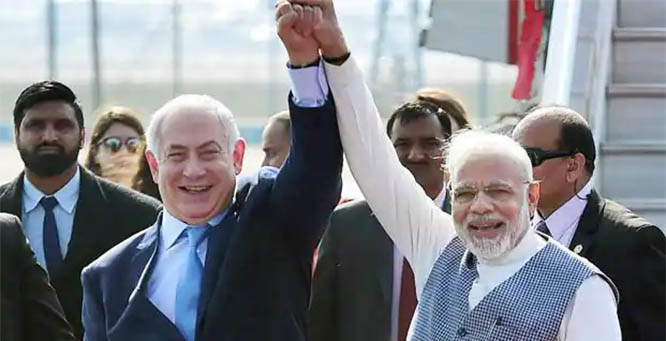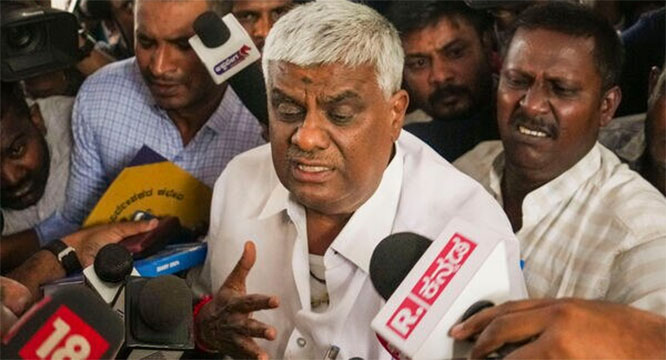The conflict between Moscow and Kiev, as well as the long-running Ukraine crisis, is a direct result of the West’s push to create a unipolar world, one which involved NATO’s unabated eastward expansion, Russian Foreign Minister Sergey Lavrov told China’s Xinhua News Agency in an interview published on Saturday.
“The US and NATO have always seen Ukraine as an instrument of containing Russia,” the minister said, adding that the reasons that eventually prompted Moscow to launch its military operation in Ukraine stem from a years-long western policy that included stirring up anti-Russian sentiment among Ukrainians and forcing them to make a “false choice” between the West and Russia.
“It was the West that first instigated and then supported an anti-constitutional coup d’état in Kiev in 2014” which gave rise to an internal Ukrainian conflict the US and its allies never tried to resolve, Lavrov said, as he accused Washington and its allies of “fostering” Kiev’s “aggressive anti-Russian course” and “pushing nationalists towards a military solution” of the crisis in the Donbass.
Washington and Brussels brushed off Russia’s proposals for security guarantees in Europe in December 2021, the minister said, adding that Moscow was left with no choice but to launch its military operation to protect the people of the Donbass, following a request from the leaders of the two republics Russia had recognized.
Russia is interested in a “peaceful, free, neutral, prosperous and friendly Ukraine,” the minister has explained, adding that Moscow wishes to restore “centuries-long cultural, economic and family ties between Russians and Ukrainians.” He also said Russian and Ukrainian delegations are holding daily video discussions on a potential peace agreement .
According to Lavrov, the document should include provisions on Ukraine’s “neutral, nuclear-free, non-aligned and demilitarized status” as well as guarantees on Ukraine’s security.
However, the foreign minister claimed the Western policy of “incitement” is impeding the peace process. “They [the US and its allies] de facto encourage Kiev to fight [Russia] to the last man by pumping [Ukraine] full of arms and sending their mercenaries” to its territory, he said.
If the US and NATO were indeed interested in resolving the crisis in Ukraine, they would have understood that the Ukrainian people don’t need Stingers or Javelins so much as humanitarian assistance, the minister believes. Russia has delivered “some 15,000 tons of humanitarian aid” to the Donbass republics, as well as to the Ukrainian territories its forces have seized following the start of the operation, he said.
About 2.8 million people, including 16,000 foreign citizens, have asked Russia to evacuate them from the war zone, the minister revealed. So far, Russia has transported over one million people to safety, including 120,000 citizens of third-party countries, and established more than 9,500 “fully equipped” refugee shelters on its territory, Lavrov said, adding that those fleeing the conflict were receiving “qualified medical aid and psychological assistance.”
What is happening right now is not a “new Cold War” but continued attempts by Washington and its allies to impose a “US-centric model of the world” on other nations, Lavrov said. The US and its allies seek to erode the UN-based world order and replace it with their own “rules-based order.” Ukraine has not been the only place in the world where the US and its allies sought to pursue this goal, the minister noted, citing the NATO bombings of Yugoslavia in 1999, the 2003 Iraq invasion, and the Syrian crisis as examples of this “destructive policy.”
Now, the US is also seeking to pursue an “expressly anti-Chinese policy” in the Asia-Pacific region, the minister warned.
Russia’s operation in Ukraine contributes to the process of “liberating the world from this neocolonialist yoke of the West, which is heavily based on racism and [American] exceptionalism,” Lavrov believes.








Comments
Add new comment